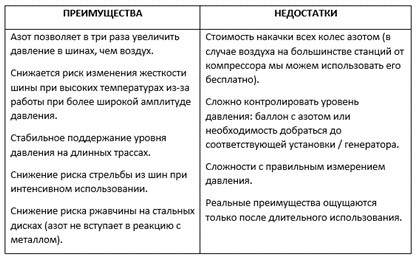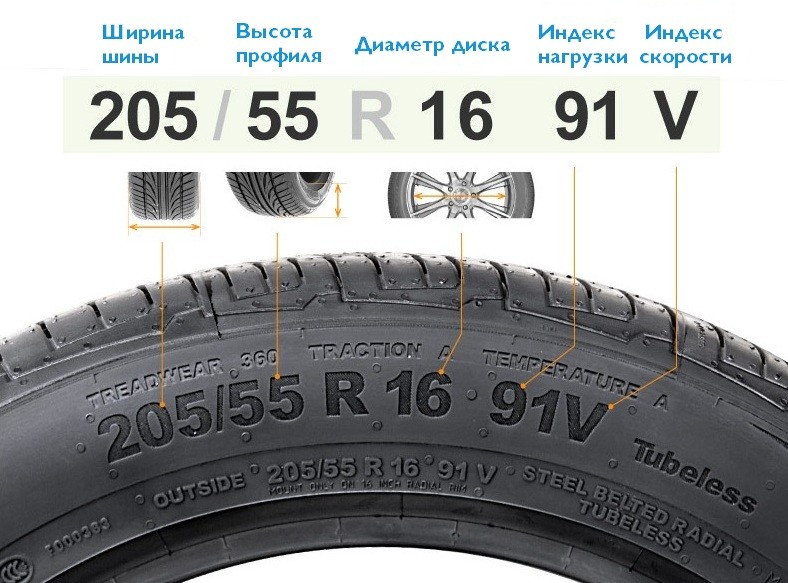
Filling tires with nitrogen is a great solution, but there are also disadvantages.
Whether your vehicle has new or used tires, you can't afford to ignore tire pressure. Even brand new tires gradually lose air, for example due to temperature differences. One way to check tires less often and inflate them is to use nitrogen, a neutral gas. It has a lot of advantages, but it is not without its drawbacks - it's time to discuss it!
In motorsports, literally every detail can make a difference in winning or losing - which is why designers have spent years looking for the perfect solution to improve the performance of cars. One was the use of nitrogen to inflate tires, a gas that is almost 80% present in the air we breathe. It is colorless, odorless and completely chemically inert. In compressed form, it is more stable than air, which made it possible to inflate tires to much higher pressures without negative consequences. Over time, this solution has found application in motorsport and in the "normal" world.
Why is inflating tires with nitrogen gaining popularity among drivers? Because a tire inflated in this way retains its pressure much longer - nitrogen does not change its volume under the influence of temperature changes, so there is less chance of “running away”. This also translates into maintaining a constant tire stiffness, regardless of the length of the route or the temperature of the asphalt. As a result, tires wear out more slowly and are less prone to explosions. The nitrogen used to inflate tires is purified and does not contain moisture, unlike air, which also extends the life of the tire. Rims in contact with nitrogen are not prone to rust, which can cause a wheel to leak.
The disadvantages of such a solution are definitely fewer, but they can complicate the life of drivers. Firstly, nitrogen must be obtained in a special chemical process and brought to the vulcanizer in a cylinder, and air is available everywhere and free of charge. In order for the nitrogen in the tires to retain its properties, each tire inflation must also be nitrogen - the pump or compressor is turned off. And if you are in doubt about the correct tire pressure, you also need to contact a tire fitter - a standard pressure gauge will not show correctly.
Despite the limitations and higher costs, it is worth using nitrogen to inflate tires in a car. Significantly slows down tire and rim wear, ensures stable handling in all conditions and slower pressure loss.

